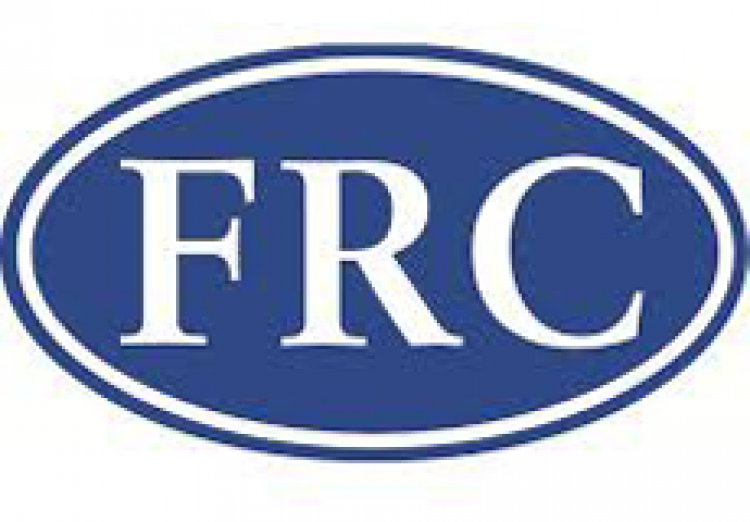Risk responsibility lies with the board: Airmic welcomes FRC guidance

Airmic has welcomed revised guidance from the Financial Reporting Council (FRC) which makes clear that ultimate responsibility for risk management and internal control lies with the board.
The updated guidance on risk management, internal control and related financial and business reporting was published this month and should be followed for all accounting years with a start date after 1 October 2014.
The guidance says that while risk managers have day-to-day responsibility for implementation and management, it is up to the board to ensure that the appropriate policies are in place, that board understanding of risk is high, that risks are maintained within tolerable levels, and that risk mitigation is appropriate.
The guidance also states that risk management should not inhibit sensible risk taking that is in-line with growth strategies and operations, but should support better decision making.
Airmic has been involved in the consultation process throughout. Paul Hopkin, Airmic’s technical director, commented: “The new guidance presents a clearer picture to all boards of their responsibilities with regards to risk management.”
He said that while the guidance directly relates to companies which are bound to follow the UK Corporate Governance Code, Airmic believes the guidelines present a good method of ensuring a solid understanding of risk for all boards. “We would suggest that all members consider their own risk management standards in-line with the updated guidance,” Hopkin added.
Airmic will be hosting an Airmic Live event in October, where members can listen and partake in a discussion about these changes and their implications. Details of the event will be published on the Airmic website.
Through its technical projects, Airmic will continue to focus on improving awareness of risk management and supporting its members as the focus on risk management increases within companies. Current projects include working with the Chartered Institute of Management Accountants (CIMA) to consider the ways risk management can be integrated with the business model and working with Tomorrow’s Company to clarify the role of the Chief Risk Officer.
.png)
Paul Hopkin - Airmic
